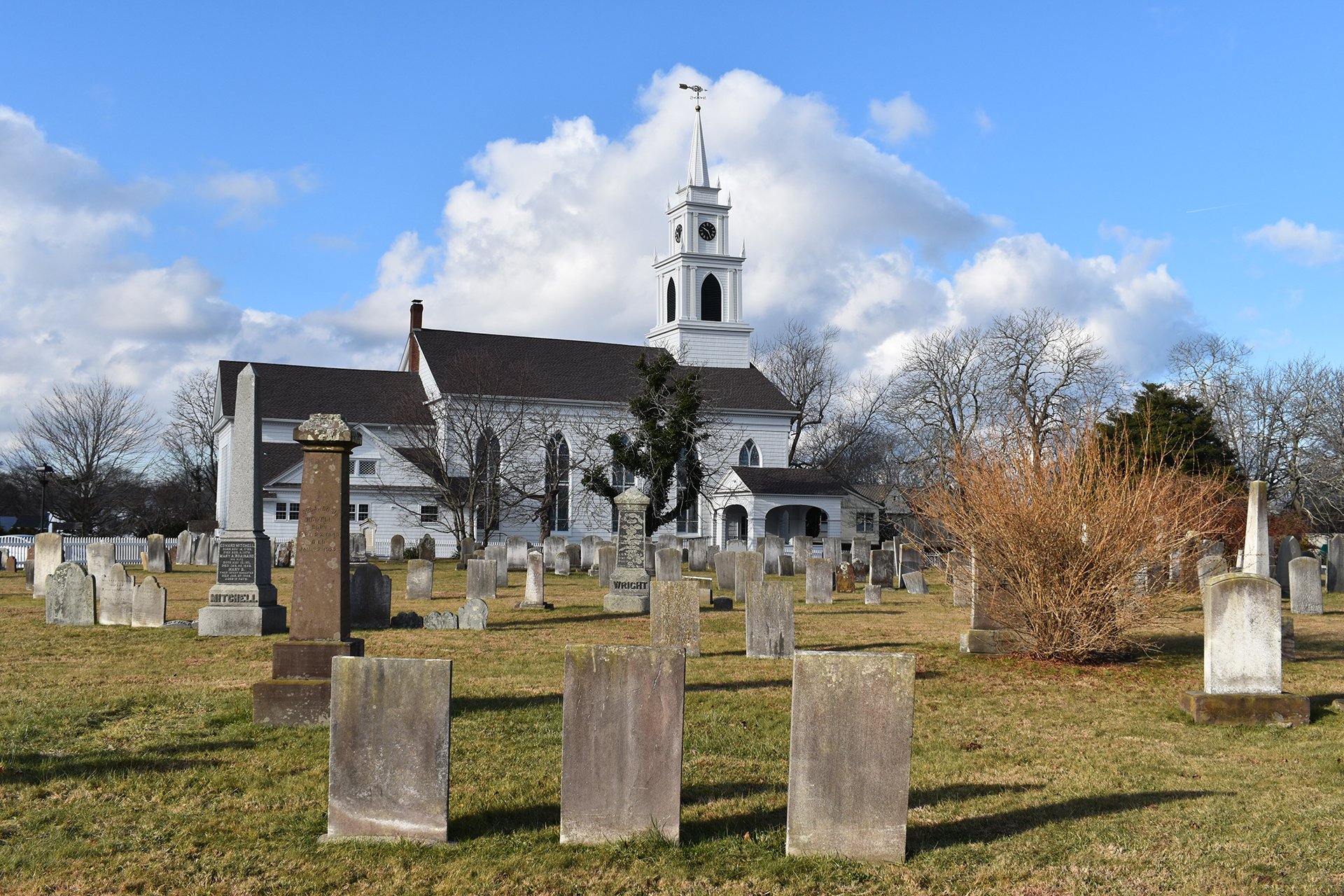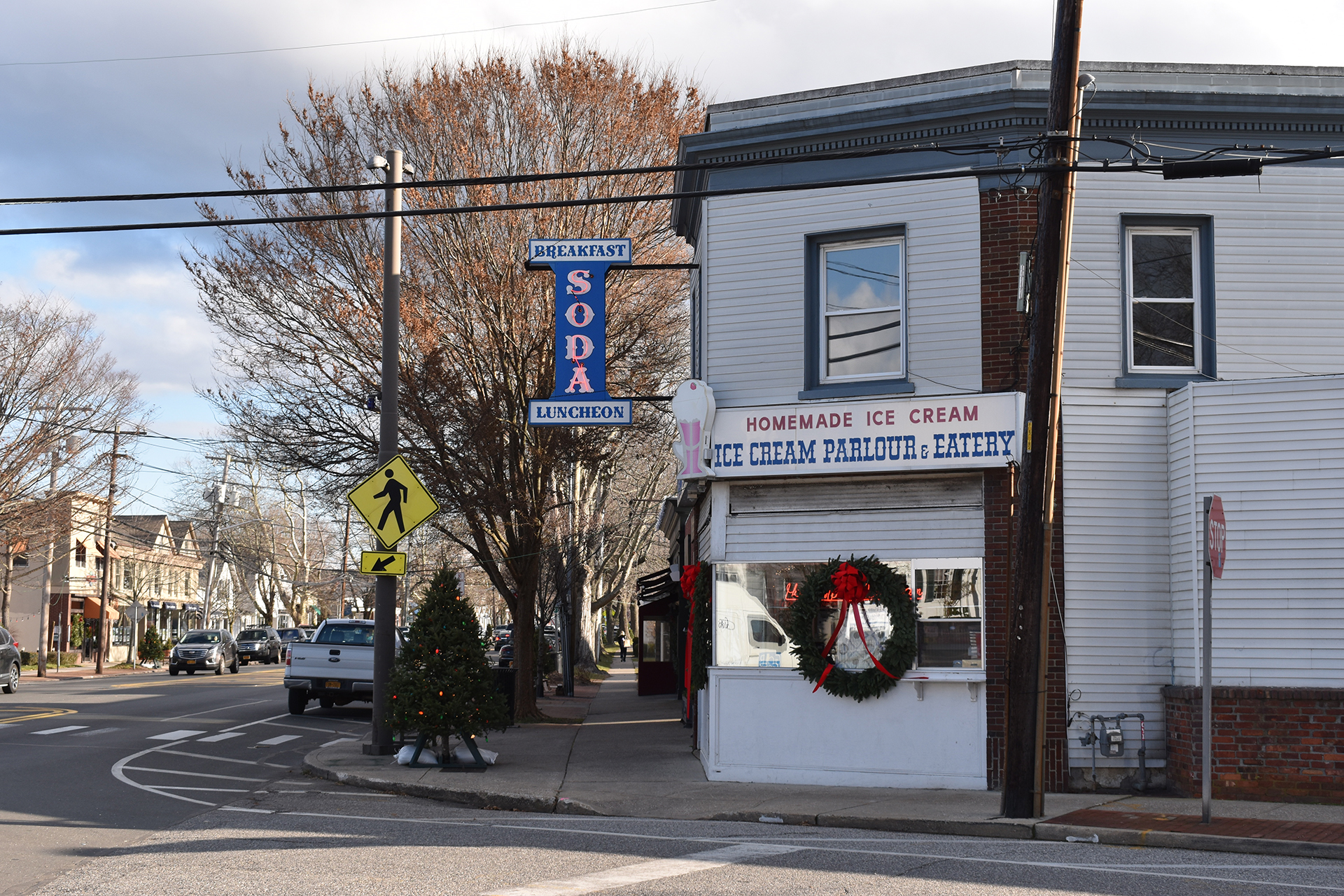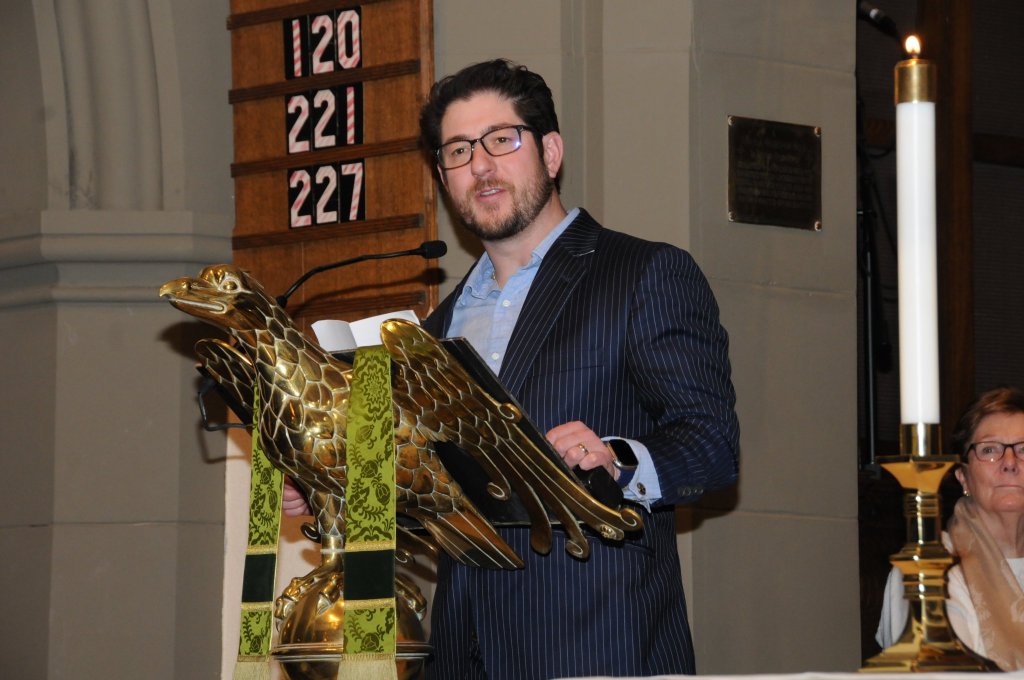Moratorium Proposed For Bridgehampton


Main Street development in Bridgehampton could come to a halt while the Southampton Town Board works on the specifics of a proposed historic district in the hamlet. Supervisor Jay Schneiderman this week asked the town board to consider a six-month moratorium, which could possibly be extended, while the town creates a boundary map and receives an advisory report from the Landmarks & Historic Districts Board.
“I think if we’re going to do this, we have to maintain integrity,” Schneiderman said. “So, I’m asking that a draft moratorium be written up so we can approve any future development or redevelopment, so it can be in line with what we’re looking to do in the future.”
Essentially, the town would like to see historic buildings in the hamlet, founded in 1656, be preserved and would offer owners tax benefits if they agreed to meet certain criteria when applying to renovate their buildings. Existing buildings with no historical significance, referred to as “noncontributing,” would still have to meet design guidelines, as would any new construction proposed.
“I want this to happen,” Schneiderman said. “I want to have a hearing and let everyone in the district know that we are contemplating enacting this and see what guidelines they can live with — what they are okay with, what they’re not.”
Ed Wesnofske, chairman of the town Landmarks & Historic Districts Board, and Julie Greene, town historian who has also been the Bridgehampton Museum and Historical Society’s curator and archivist for the last 15 years, presented the idea of a historic district to the town board on Thursday, December 6.
“This is about preserving the architecture, the look and feel of Main Street,” Wesnofske said.
The Bridgehampton resident said rules would apply to exterior appearance of structures, not internal. Demolitions would also have to be reviewed. If, in fact, a structure is deemed no longer viable for economic activity and rehabilitation, it could be torn down, but it would be a public process.
Greene pointed out that almost every building on Main Street has some sort of significance, from the 1840 Nathaniel Rogers and 1842 Topping Rose houses on the east side of the business district, to the 1815 Bridgehampton Methodist Church and 1840 Corwith House on the west.
“These are historical gateways,” she said. “Just about everything on Main Street has some historic significance. The town’s continued dedication to preservation has included lively reuse of many of these downtown structures.”
Other converted structures of value include the 1907 D. L. Chester Dry Goods Store, which is now Almond restaurant; the Corwith House that is now part of the Bridgehampton Museum; the 1795 Boxwood Inn that is now the Bridgehampton Inn; and the 1900 Henry H. Chatfield House, which was once owned by a prominent lawyer in the area, that is now Blue One.
Many original structures still stand as they did, such as the 1910 St. Ann’s Episcopal Church, which was originally the Sagaponack Golf Course clubhouse before being moved to its current site. The rectory was built in 1899 and moved to the church grounds around 1913. The parish hall was added in 1915. The Bridgehampton Presbyterian Church was built in 1842, and townspeople were burying their dead in the cemetery next-door long before that. Candy Kitchen, built in 1925, used to be a free-standing structure. Farmers used to have a key and would arrive before 5 AM to make the morning coffee. The Hampton Library, where Greene used to work as a local history librarian, was the only library east of Brooklyn when it was established in 1877.
Bridgehampton road races used to cross a finish line on Main Street in front of the former Sanford Water Building, which was built in 1911. Bridgehampton is the only East End hamlet that had road racing, which followed on the heels of the Vanderbilt Cup races earlier in the 20th Century. Racing was revived again in 1943 before the state banned the practice. The will soon erect a historic marker, commemorating Bridgehampton’s racing heritage.
The hamlet has other historic sites, including the 1910 Bridgehampton Monument, which commemorates the nation’s wars, and the triangular commons, known as Militia Green off Main Street, where soldiers drilled during the American Revolution. Architectural elements in the area range from Greek revival, Victorian, and Queen Anne style.
Wesnofske said education should be the first step and that the town should solicit the opinions of residents and property owners. He said he’s hoping to borrow historic guidelines from East Hampton, which has several historic districts. To become a historic district, the town needs to receive signatures from at least 20 percent of property owners. Town Planning and Development Administrator Kyle Collins said guidelines exist under Chapter 330, in terms of criteria for public hearings and building guidelines moving forward. All will be detailed at a future date, once all details are finalized.
There’s potential for the town to vote on the proposal if the 20 percent threshold is not met, but board members are hoping not to go that route.
“You want a buy-in from the people that you’re imposing this on,” Councilwoman Christina Preston Scalera said, and Councilman John Bouvier agreed. “I’m not saying it’s mandatory that you have every single person, but you certainly want the bulk of them to be supportive. And I think they’ll see the value in this.”
desiree@indyeastend.com









